Firearms in D&D 5e introduce a modern twist to traditional fantasy combat‚ blending historical and imaginative elements. While official rules are limited‚ homebrew content like the Modern Guns and Armor D&D 5e PDF expands gameplay‚ offering detailed mechanics for firearms‚ including pistols‚ rifles‚ and explosives. These additions enhance combat strategy and character customization‚ providing a fresh dynamic for adventurers. Players can explore unique classes like Matt Mercer’s Gunslinger or craft custom weapons‚ balancing innovation with fantasy.
Overview of Firearms in D&D 5e
Firearms in D&D 5e are typically introduced through homebrew content‚ as they are not extensively covered in the core rules. Resources like the Modern Guns and Armor D&D 5e PDF provide detailed mechanics‚ including weapon properties‚ damage‚ and reload rules. These documents often categorize firearms into types such as pistols‚ rifles‚ and explosives‚ each with unique traits. Mechanics like misfire thresholds and ammunition management add depth to gameplay. Players and DMs can explore these options to create diverse characters and campaigns‚ blending traditional fantasy with modern weaponry.
Why Firearms Are Unique in D&D 5e
Firearms in D&D 5e stand out as a blend of modern and fantasy elements‚ offering unique gameplay mechanics. Unlike traditional weapons‚ they introduce a reliance on ammunition and reload rules‚ adding strategic depth. The risk of misfires and weapon malfunctions creates unpredictability‚ making them both powerful and volatile. Firearms also provide a distinct flavor for characters‚ enabling players to craft modern or historical-inspired builds. Their integration into fantasy settings allows for creative storytelling and combat scenarios‚ setting them apart from conventional weapons in the game. This blend of realism and fantasy makes firearms a compelling addition for players seeking something new and exciting.
Popularity of Homebrew Firearms Rules
Homebrew firearms rules in D&D 5e have gained immense popularity due to their flexibility and customization. Players and DMs alike appreciate the ability to craft unique firearm mechanics‚ classes‚ and feats‚ such as Matt Mercer’s Gunslinger or the Gunpowder class‚ which add depth to gameplay. These rules often address the lack of official content‚ offering detailed systems for reload mechanics‚ misfires‚ and ammunition. The community-driven nature of homebrew content allows for endless creativity‚ making firearms a staple in many modern or pirate-themed campaigns. This popularity has led to a wealth of resources‚ including PDF guides and online forums‚ fostering innovation and collaboration among fans.

Official Rules for Firearms in D&D 5e
Official D&D 5e core rules minimally address firearms‚ leaving room for interpretation. The Dungeon Master’s Guide provides basic guidelines‚ but detailed mechanics are largely absent‚ prompting players to rely on homebrew solutions like the Modern Guns and Armor D&D 5e PDF for comprehensive firearm rules and integration.
Core Rules and Firearms Integration
The Dungeon Master’s Guide provides minimal official rules for firearms‚ classifying them as martial or simple weapons. Muzzleloading weapons‚ like muskets‚ are noted but lack detailed mechanics. The core rules treat firearms as rare and context-specific‚ often tied to campaign settings or historical influences. While no official balance framework exists‚ DMs can integrate firearms by adapting siege weapon rules or using them as exotic weapons. This scarcity of official content has led players to rely on homebrew solutions‚ such as the Modern Guns and Armor D&D 5e PDF‚ for comprehensive firearm integration.
Optional Rules for Firearms in D&D 5e
Optional rules for firearms in D&D 5e expand on their integration into campaigns‚ adding depth and complexity. These rules often include misfire mechanics‚ where rolling below a certain threshold causes malfunctions‚ and reload mechanics‚ which require an action or bonus action to replenish ammunition. The Pistol Expert feat is a popular optional rule‚ allowing dual-wielding of pistols and enhancing accuracy. Additionally‚ some systems introduce firearm proficiencies‚ treating them as martial weapons. These rules are often found in homebrew documents like the Modern Guns and Armor D&D 5e PDF‚ providing DMs with tools to balance firearms in their games while maintaining thematic consistency.
Balance Considerations for Firearms
Firearms in D&D 5e present unique balancing challenges due to their potential to overshadow traditional weapons. Their increased damage output‚ such as the pistol’s 1d10 piercing damage‚ requires careful integration to avoid disrupting game equilibrium. Ammunition management and reload mechanics introduce resource strategy‚ while misfire rules add risk‚ balancing their potency. Homebrew content often includes adjustments like proficiency requirements or limited access to prevent overpowering. DMs must weigh these factors to ensure firearms enhance gameplay without dominating it‚ maintaining harmony with magic and martial prowess in their campaigns.
Homebrew Firearms Options
Homebrew firearms options in D&D 5e expand gameplay with unique classes like Matt Mercer’s Gunslinger and the Gunpowder class‚ offering customizable weapons and combat styles inspired by fantasy and history.
Matt Mercer’s Gunslinger Class
Matt Mercer’s Gunslinger class brings a unique blend of precision and flair to D&D 5e‚ offering a customizable playstyle centered around firearms. The class features distinct maneuvers like Trick Shot and Quick Draw‚ allowing players to adapt to various combat scenarios. With a focus on DEX or STR‚ the Gunslinger excels at ranged combat while maintaining versatility. Its progression includes abilities like Gun Fu and Ballistic Expertise‚ enhancing accuracy and damage. This class seamlessly integrates homebrew mechanics with official rules‚ providing a balanced yet dynamic option for players seeking a modern twist in their fantasy campaigns.
The Gunpowder Class in D&D 5e
The Gunpowder Class in D&D 5e is a unique homebrew creation that revolves around mastering firearms and explosives. It introduces a dynamic risk-reward system‚ where players can unleash devastating attacks but also face misfires or malfunctions. The class emphasizes customization‚ allowing players to craft and upgrade their weapons. With abilities like Reload and Quick Aim‚ it offers tactical depth in combat. This class bridges the gap between fantasy and modern elements‚ providing a fresh take on ranged combat while maintaining balance within the game. Its innovative mechanics make it a standout option for players seeking a firearm-focused playstyle.
Custom Firearms Classes and Subclasses
Custom firearms classes and subclasses in D&D 5e offer players unique ways to wield guns‚ blending fantasy and modern elements. Homebrew creations like the Gunslinger and Gunpowder Class provide distinct playstyles‚ such as dual-wielding pistols or mastering explosives. Subclasses like the Sharpshooter or Demolitionist add specialized abilities‚ emphasizing accuracy or area damage. These custom options allow players to craft characters that fit their preferred combat style‚ whether it’s precise long-range attacks or chaotic explosive mayhem. By introducing new mechanics‚ these classes expand the game’s versatility while maintaining its core fantasy roots‚ offering fresh and exciting ways to engage in combat scenarios.
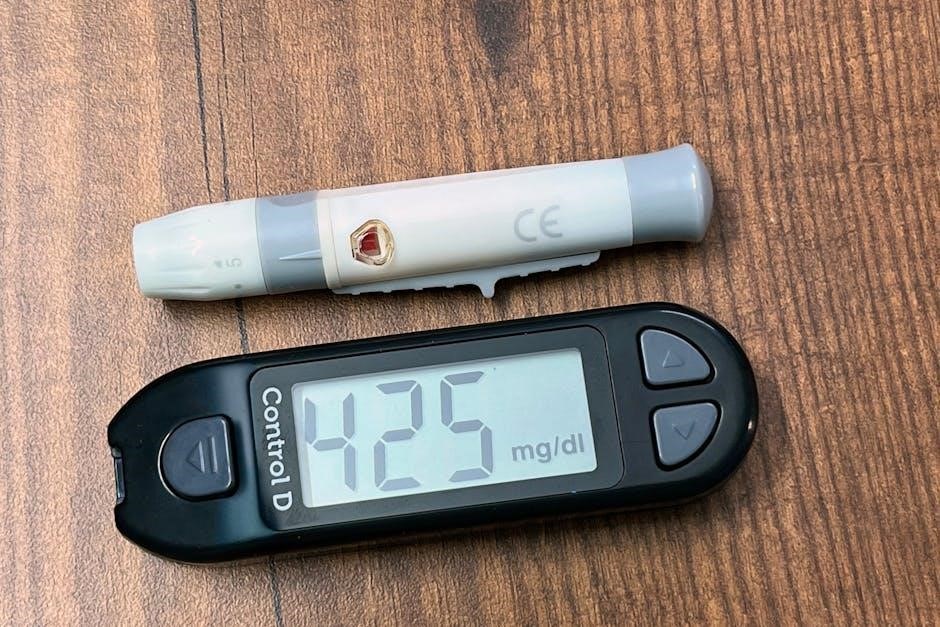
Firearms Types and Properties
Firearms in D&D 5e vary‚ with handguns‚ rifles‚ and exotic weapons offering unique properties like range‚ damage‚ and misfire mechanics. These weapons add strategic depth to combat encounters.
Handguns (Pistols and Revolvers)
Handguns‚ such as pistols and revolvers‚ are popular firearms in D&D 5e‚ offering portability and versatility. They are one-handed weapons‚ ideal for dual-wielding or ranged attacks. Pistols deal 1d10 piercing damage‚ with a range of 30/90 feet‚ making them effective in close to medium combat. Revolvers‚ while similar‚ often have higher ammo capacity. The Pistol Expert feat enhances proficiency‚ allowing quick reloads and precise shots. Misfire mechanics add risk‚ requiring repair if faulty. These weapons blend historical flair with fantasy‚ providing unique tactical options for adventurers‚ especially in urban or pirate-themed campaigns. Their balance of power and portability makes them a favorite among players seeking versatility.
Rifles and Long Guns
Rifles and long guns in D&D 5e are powerful firearms designed for longer-range combat. They typically require two hands to wield and deal significant damage‚ often 1d12 or more‚ depending on the specific weapon. With extended range increments‚ rifles can be highly effective at distances of 80 to 240 feet or beyond. Their larger size and weight make them less practical for close-quarters combat but ideal for sniping or battlefield engagements. Customization options‚ such as scopes or modified barrels‚ can enhance accuracy and range. While they may have higher misfire chances‚ rifles offer unparalleled versatility for characters seeking to dominate from afar.
Exotic Firearms (Cannons‚ etc.)
Exotic firearms‚ such as cannons‚ are often homebrewed additions to D&D 5e‚ offering heavy-hitting‚ high-damage options for unique campaigns. These weapons are typically large‚ requiring setup and significant resources to operate. Cannons‚ for instance‚ can deal massive area-of-effect damage‚ making them ideal for sieges or naval combat in pirate-themed adventures. Their size and weight limit portability‚ but their impact on the battlefield is undeniable. Customization options‚ like explosive rounds‚ further enhance their versatility. While not practical for everyday use‚ exotic firearms add a dramatic flair to gameplay‚ especially in settings where gunpowder and heavy artillery dominate.
Misfire Mechanics in Firearms
Misfire mechanics add unpredictability to firearms in D&D 5e‚ introducing a layer of risk. When using a firearm‚ a roll of a d20 against a specific misfire threshold determines if the weapon jams or fails. If the roll equals or exceeds the misfire value‚ the firearm malfunctions‚ requiring repairs before it can be used again. This adds strategic depth‚ as players must weigh the benefits of powerful firearms against the potential for critical failures. These mechanics also encourage resource management‚ as characters must decide when and how to address malfunctions in the heat of battle.
Gameplay Mechanics for Firearms
Firearms in D&D 5e require reload mechanics‚ ammunition management‚ and consideration of range and accuracy. These rules add complexity to combat encounters‚ emphasizing strategy and resourcefulness.
Reload Mechanics and Ammunition
Reload mechanics in D&D 5e firearms involve using an action or bonus action to replenish ammunition‚ adding a tactical layer to combat. Ammunition types vary‚ with specific costs and properties. Proper management of ammo ensures sustained firepower‚ while neglecting reloads can hinder effectiveness. Some homebrew rules introduce complex reloading systems‚ balancing realism and gameplay. Players must strategize ammo conservation‚ especially in prolonged fights‚ to maintain their offensive capabilities effectively.
Range and Accuracy in Combat
Firearms in D&D 5e feature distinct range categories‚ with pistols and rifles having varying effective and maximum ranges. Longer ranges often impose disadvantage on attack rolls‚ balancing their potency. Accuracy is influenced by the weapon’s properties and the attacker’s proficiency‚ adding depth to combat tactics. Cover and environmental factors further affect precision‚ rewarding strategic positioning. Proficiency with firearms can mitigate range penalties‚ enhancing reliability at greater distances. This interplay of range and accuracy creates dynamic combat scenarios‚ encouraging players to adapt their strategies based on the battlefield’s layout and their character’s capabilities.
Damage and Critical Hits with Firearms
Firearms in D&D 5e deliver varied damage profiles‚ with pistols and rifles offering distinct outcomes. Pistols typically deal 1d10 piercing damage‚ while rifles can inflict 1d12 or more‚ emphasizing their role as heavier hitters. Critical hits with firearms often double the damage dice‚ making them particularly deadly. Homebrew rules sometimes introduce special effects on criticals‚ such as knocking a target prone or causing additional injury. This makes firearms formidable in combat‚ capable of delivering decisive blows. The combination of consistent damage output and critical hit potential ensures firearms remain a powerful choice for players seeking ranged lethality.
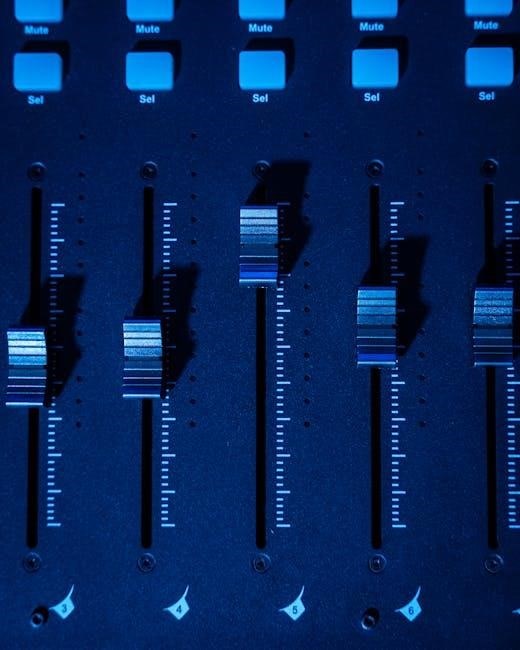
Character Builds and Firearms
Characters wielding firearms in D&D 5e often blend modern combat with fantasy roles. Classes like Rogue or Fighter can specialize in firearms‚ while homebrew options like the Gunslinger offer unique archetypes. Pirate-themed builds excel with pistols and rifles‚ emphasizing mobility and ranged precision. These builds showcase the versatility of firearms‚ allowing players to craft distinct playstyles that combine deadly accuracy with strategic combat tactics.
Gunslinger Feats and Traits
The Gunslinger archetype‚ popularized by Matt Mercer‚ introduces unique feats and traits tailored for firearm specialists. Key abilities include Rapid Reload‚ allowing quick reloading as a bonus action‚ and Gunfighter‚ enabling precise shots with advantage on attack rolls. Traits like Dead Shot grant critical hit bonuses‚ while Vicious Intent enhances damage output. These feats and traits blend seamlessly into D&D 5e mechanics‚ offering tactical depth and flair. They empower players to craft dynamic‚ high-octane characters‚ balancing risk and reward in combat. These additions enhance gameplay without overshadowing core rules‚ ensuring a balanced yet exciting experience for firearm-wielding adventurers.
Pirate-Themed Builds with Firearms
Pirate-themed builds in D&D 5e thrive with the integration of firearms‚ adding swashbuckling flair to combat. Classes like the Gunslinger or Rogue excel with pistols‚ while feats like Pistol Expert enhance accuracy and versatility. Pirates can wield handguns for quick shots or rifles for long-range engagements. Customization options‚ such as engraved pistols or explosive shot‚ allow players to craft unique pirate arsenals. These builds blend historical piracy with fantasy elements‚ offering dynamic combat strategies and roleplay opportunities. The homebrew content provides detailed rules for firearm customization‚ ensuring pirates stand out in any campaign setting.
Class Compatibility for Firearms
Firearms in D&D 5e can be integrated with various classes‚ adding unique combat styles. The Gunslinger and Rogue excel with pistols‚ leveraging stealth and precision. Fighters and Rangers can also wield firearms effectively‚ combining ranged attacks with martial prowess. Even spellcasters like Artificers can incorporate firearms into their arsenals. Proficiency and feats like Pistol Expert enhance firearm use‚ making them versatile for any class. This flexibility allows players to craft diverse builds‚ blending traditional fantasy roles with modern weaponry. Homebrew content further expands these options‚ ensuring firearms fit seamlessly into any campaign setting.
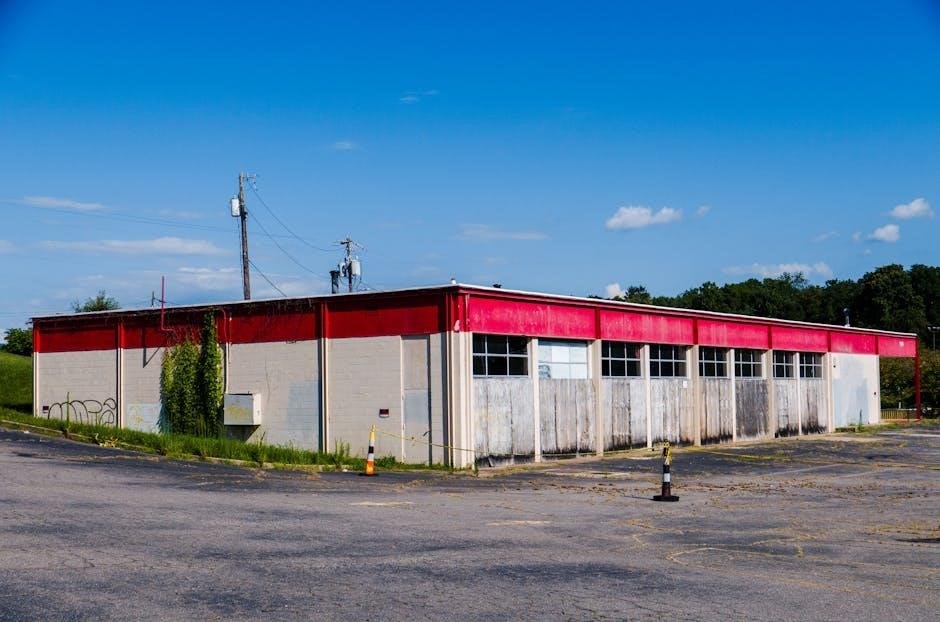
Feats and Traits for Firearms
Feats like Pistol Expert and Firearm Proficiency enhance accuracy and reduce reload times‚ making firearms more viable in combat. Homebrew content expands these options further‚ offering unique traits.
Pistol Expert Feat
The Pistol Expert feat enhances proficiency with one-handed firearms‚ allowing a bonus action reload and advantage on attack rolls when a foe is within 5 feet. It boosts damage output while maintaining combat versatility‚ making pistols a formidable choice. This feat is particularly popular in homebrew content‚ offering characters a tactical edge in close-quarters combat. Many players favor it for its balance of utility and power‚ ensuring pistols remain competitive against traditional weapons.
Firearm Proficiency Feats
Firearm Proficiency Feats allow characters to specialize in specific types of firearms‚ such as pistols or rifles‚ granting advantage on attack rolls and improved critical hit ranges. These feats enhance accuracy and damage‚ making firearms more viable in combat. Players can choose to master a particular firearm type‚ tailoring their playstyle to ranged combat. This customization adds depth to character builds‚ ensuring firearms users stand out in diverse adventuring parties. The feats are designed to balance firearms with traditional weapons‚ offering strategic options without overpowering other playstyles.
Homebrew Feats for Firearms
Homebrew feats for firearms in D&D 5e expand customization options‚ allowing players to craft unique combat styles. Feats like Pistol Expert enable dual-wielding pistols‚ while others grant bonuses to reload speed or critical hits. These feats often introduce specialized mechanics‚ such as enhanced accuracy at specific ranges or reduced misfire chances. Players can tailor their characters to excel in ranged combat‚ creating distinctive playstyles. Homebrew feats add depth to firearms gameplay‚ offering creative solutions for characters who rely on guns. They encourage strategic thinking and diversify combat tactics‚ making firearms users more versatile and deadly in adventures.
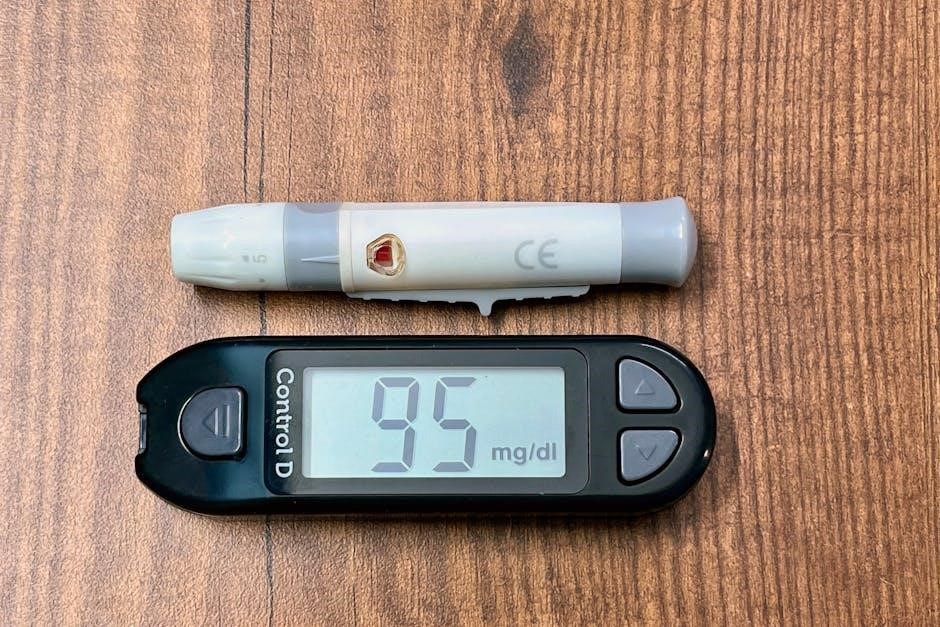
Customization and Modifying Firearms
Players can modify firearms to suit their playstyle‚ enhancing damage‚ range‚ or reliability. Historical and fantasy inspirations offer unique designs‚ allowing characters to wield personalized weapons that reflect their background and combat preferences. Customization options include upgrading barrels‚ stocks‚ and sights‚ or even crafting entirely new firearms from scratch. These modifications add depth to gameplay‚ enabling adventurers to tailor their arsenal for specific challenges and adventures.
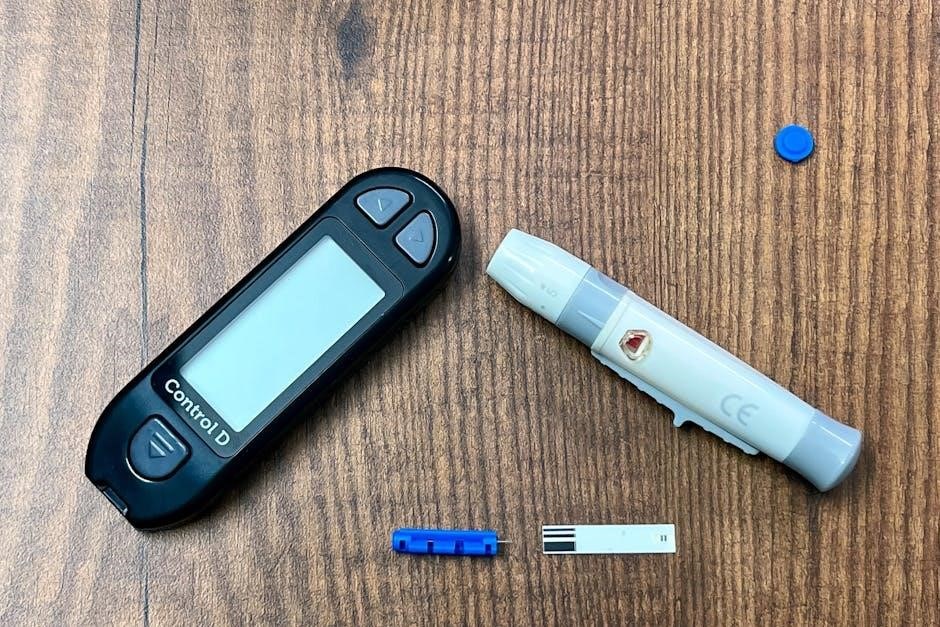
Upgrading Firearms
Upgrading firearms in D&D 5e allows players to enhance performance and versatility. Modifications like improved barrels‚ stocks‚ and sights can increase damage‚ range‚ or accuracy. Enchantments or special materials‚ such as adamantine or dragonhide‚ can also be integrated to boost durability or add unique properties. These upgrades often require resources and expertise‚ but they provide significant advantages in combat. Players can tailor their weapons to suit their playstyle‚ whether focusing on precision‚ firepower‚ or reliability. Upgrading firearms adds a layer of strategy and customization‚ making each weapon a reflection of the character’s journey and preferences.
Creating Custom Firearms
Creating custom firearms in D&D 5e offers players and DMs the freedom to craft unique weapons tailored to their campaign’s theme. By selecting a base firearm class‚ such as pistols or rifles‚ players can modify properties like damage‚ range‚ and weight. Customization options include adding magical enhancements‚ historical inspirations‚ or fantasy twists‚ such as elemental damage or unique firing mechanisms. The process involves balancing mechanics to ensure fairness‚ making each custom firearm a distinct addition to the game. This creative flexibility allows for innovative builds and enriches the storytelling potential of D&D 5e adventures.
Historical and Fantasy Inspirations
Historical firearms‚ such as flintlocks and revolvers‚ inspire D&D 5e weapons‚ blending realism with fantasy. Players can craft firearms resembling medieval designs or incorporate magical enhancements for unique builds. Fantasy inspirations allow for weapons like enchanted pistols or explosive-tipped arrows‚ offering creative combat options. These inspirations enable players to design weapons that fit their campaign’s setting‚ whether it’s a pirate-themed adventure or a high-fantasy realm. By merging historical accuracy with imaginative elements‚ D&D 5e firearm customization becomes limitless‚ providing players with tools to craft weapons that reflect their character’s backstory and playstyle.
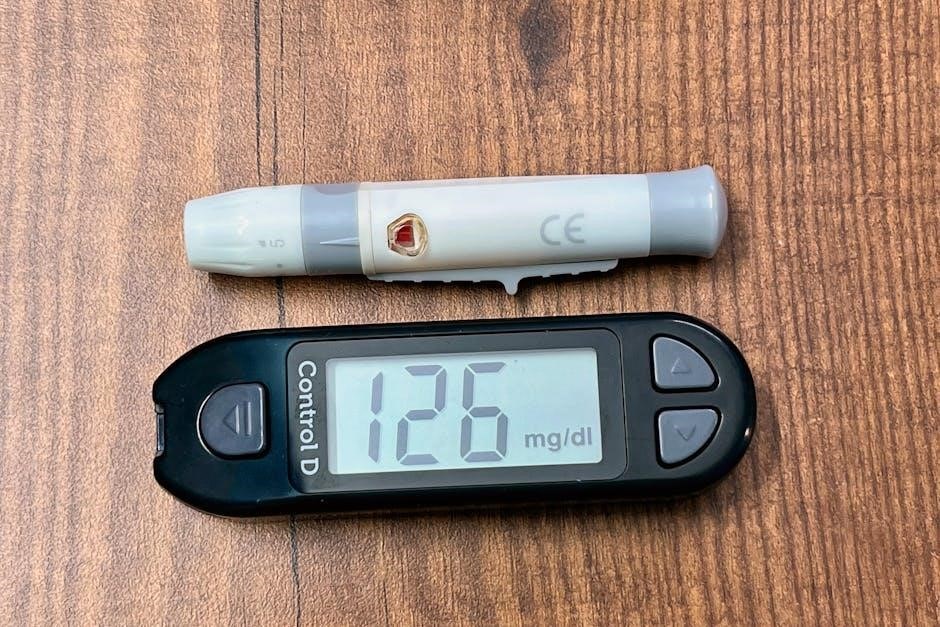
DM’s Guide to Firearms
Dungeon Masters can seamlessly integrate firearms into their campaigns by balancing their power‚ managing misfires‚ and enhancing the game’s narrative. This guide helps DMs create engaging firearm-related encounters while maintaining game equilibrium and fun.
How to Introduce Firearms into Your Campaign
Introducing firearms into your D&D 5e campaign begins with establishing their rarity and origin. Present them as rare artifacts tied to specific factions or events to maintain balance. Use homebrew rules like those in Modern Guns and Armor to define mechanics. Consider their impact on the world’s lore and how they’ll alter combat dynamics. Start with limited access‚ such as through exclusive classes like the Gunslinger‚ to prevent overpowering other playstyles. This approach ensures firearms enhance the story without disrupting the game’s harmony.
Balancing Firearms in Your Game
Balancing firearms in D&D 5e requires careful consideration of their power and rarity. Assign misfire thresholds to introduce unpredictability‚ ensuring they aren’t overly reliable. Limit access to ammunition and reloading mechanics‚ as seen in Modern Guns and Armor‚ to prevent them from overshadowing traditional weapons. Restrict proficiency to specific classes or backgrounds to maintain class balance. Introduce Firearms as rare or exotic items tied to specific campaigns or NPCs to control their presence. This approach ensures firearms add excitement without disrupting the game’s equilibrium‚ keeping them as a strategic but not dominant force in combat.
Handling Misfires and Malfunctions
Misfires and malfunctions add a layer of unpredictability to firearms in D&D 5e. Assign a misfire threshold (e.g.‚ rolling a 1-5 on a d20) to introduce risk. When a misfire occurs‚ the firearm becomes unusable until repaired. Optional rules include critical failures‚ where the weapon explodes or causes damage to the user. Players can repair malfunctioning firearms using proficiency checks or by seeking a blacksmith. These mechanics ensure firearms remain balanced and exciting‚ offering strategic challenges without overwhelming traditional gameplay elements. Proper handling enhances immersion and keeps the game dynamic.
Resources for Firearms in D&D 5e
Discover extensive resources for D&D 5e firearms‚ including PDF guides like Modern Guns and Armor‚ homebrew documents‚ and active communities on Reddit and D&D Beyond.
PDF Guides and Homebrew Documents
For players and DMs seeking detailed firearm rules‚ PDF guides like the Modern Guns and Armor D&D 5e document offer comprehensive tables‚ weapon stats‚ and explosive rules. Homebrew content provides unique firearm mechanics‚ including misfire systems and custom weapon crafting. These resources often include balanced rules for integrating firearms into traditional D&D settings. Fans have created extensive guides‚ such as the Pirate’s Guide to Gunpowder‚ featuring pistol expert feats and gunpowder-themed classes. These documents are widely available online‚ offering players and DMs a wealth of options to enhance their games with firearms.
Online Communities and Forums

Online forums like Reddit‚ D&D Beyond‚ and EnWorld are hubs for discussing D&D 5e firearms. Players share homebrew rules‚ such as the Gunslinger class and Gunpowder mechanics‚ fostering creativity. These spaces also host debates on game balance and historical accuracy. Fans often post custom content‚ like the Pirate’s Guide to Gunpowder‚ featuring unique feats and weapon stats. These communities provide valuable resources for integrating firearms into campaigns‚ offering both official insights and innovative homebrew solutions. They serve as a cornerstone for expanding firearm mechanics in D&D‚ ensuring a vibrant and evolving gameplay experience.
Converting Firearms from Other Systems
Converting firearms from other RPG systems to D&D 5e requires careful adaptation to maintain game balance. Players often draw inspiration from systems like Pathfinder or historical weapon stats. When adapting‚ focus on aligning damage‚ range‚ and reload mechanics with D&D 5e’s core rules. Consider the fantasy elements of your campaign to ensure firearms fit thematically. Playtesting is crucial to verify that converted weapons don’t overshadow traditional arms. Guides like the Modern Guns and Armor PDF offer frameworks for integrating real-world firearms‚ providing a blueprint for balanced and immersive gameplay. This approach ensures firearms enhance‚ rather than disrupt‚ your campaign’s authenticity.
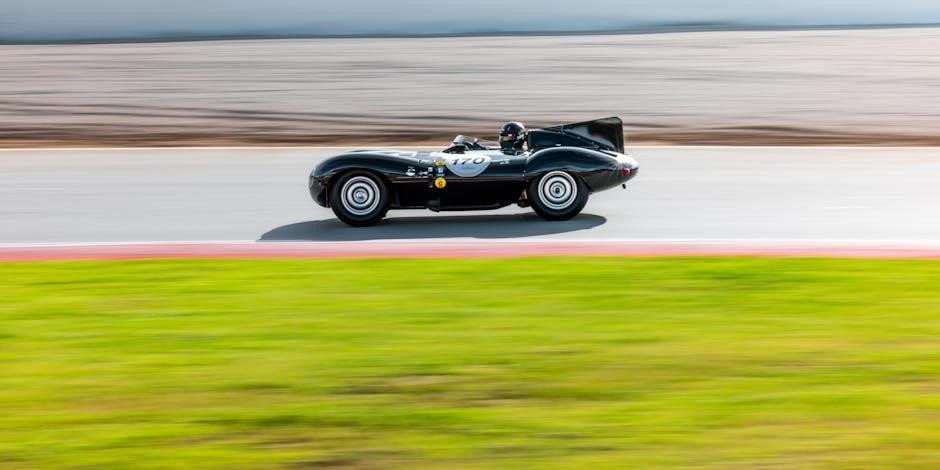
Firearms in D&D 5e blend modern combat with fantasy‚ offering unique gameplay through homebrew content like the ‘Modern Guns and Armor’ PDF‚ ensuring creativity and balance.
Final Thoughts on Firearms in D&D 5e
Firearms in D&D 5e offer a unique blend of historical and fantastical elements‚ enriching gameplay through custom rules and homebrew content. The ‘Modern Guns and Armor’ PDF provides extensive options for integrating firearms into campaigns‚ from pistols to explosives. While official support is minimal‚ the community’s creativity ensures versatility and balance. Firearms add depth to combat and character builds‚ allowing players to craft distinctive adventurers. Whether through Matt Mercer’s Gunslinger or custom classes‚ firearms bring a fresh dynamic to the game‚ making them a compelling choice for those seeking innovation in their D&D 5e experiences.
Future of Firearms in D&D 5e
The future of firearms in D&D 5e lies in community innovation and creative rule-making. Homebrew content‚ like the Modern Guns and Armor PDF‚ continues to expand gameplay options‚ offering detailed mechanics for firearms‚ explosives‚ and custom classes. As players and DMs experiment‚ new classes like Matt Mercer’s Gunslinger and the Gunpowder class pave the way for balanced yet versatile firearm integration. Official support may grow‚ but the community’s passion ensures firearms will remain a dynamic and evolving part of D&D 5e‚ blending historical authenticity with fantasy elements for unique adventures.